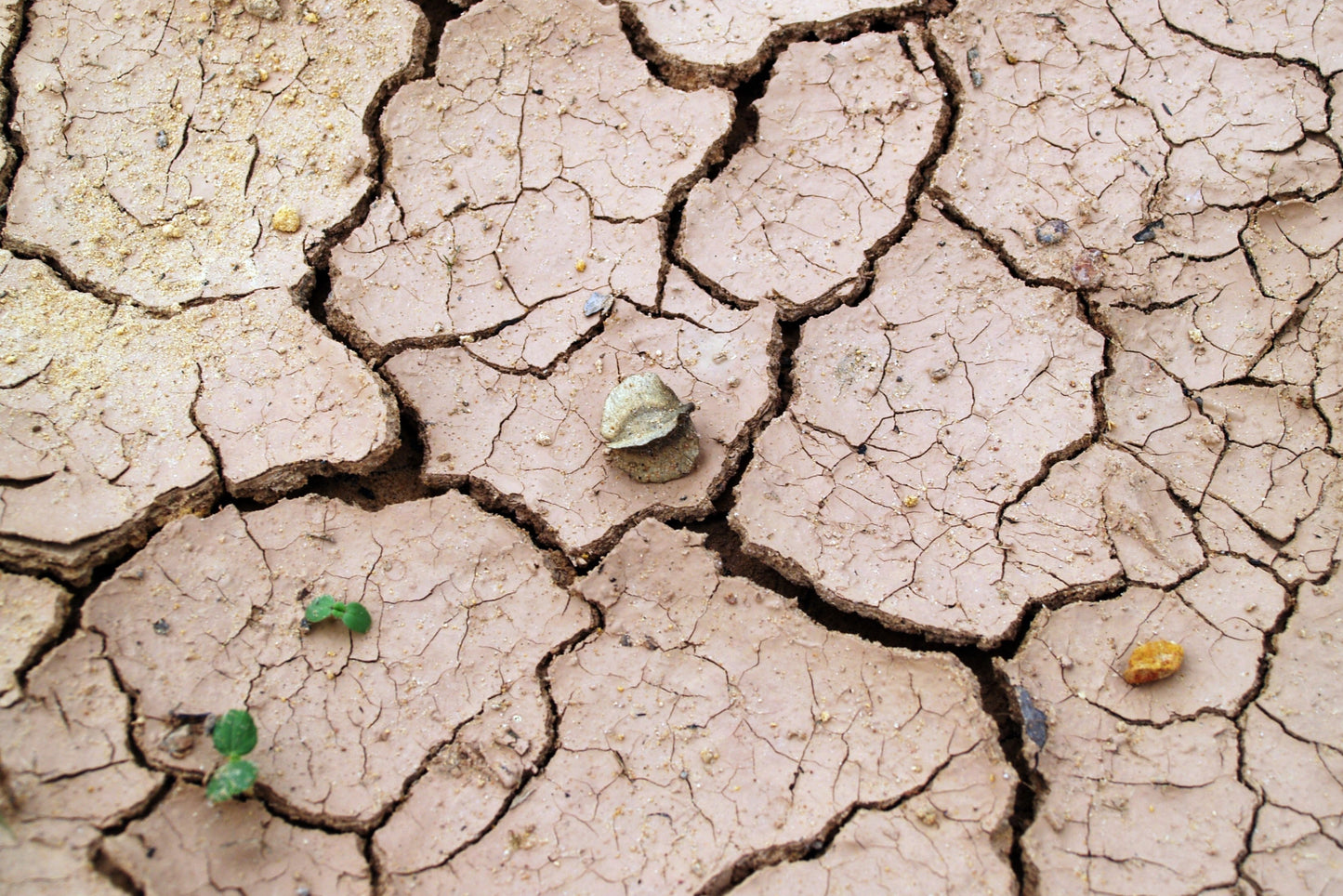
Do you know that Australia is in the grips of the gravest water crisis in living memory? If you live in the city or the burbs, you’re forgiven for your naïveté. It is a national crisis, farmers are in ruin, wildlife are dying – it should be plastered across our screens and newspapers, but mainstream airwaves are eerily silent.
If we all do our part to reduce water wastage, we can alleviate the big dry burden on our rural and farming communities. Keep reading for practical water saving tips.
Do you know that Australia is in the grips of the gravest water crisis in living memory? If you live in the city or the burbs, you’re forgiven for your naïveté. It is a national crisis, farmers are in ruin, wildlife are dying – it should be plastered across our screens and newspapers, but mainstream airwaves are eerily silent. Our flailing economy has captivated media attention, though – do we not realise that this same economy is built on the backs of our farmers?
We rely on farmers for the bulk of our food and so, unless we want to start growing our own, eating questionable-quality imports or living off processed foods, they are essential to our survival. But farmers are in crisis – their once lush pastures, now wide expanses of parched earth, with nary a blade of grass in sight.
While some would argue that livestock farming has contributed to greenhouse gas emissions, a leading factor in climate change, greenhouse gases are but one influence on climate; agriculture is but one industry producing greenhouse gases (in fact, it’s one of the smallest contributors); and methane, produced by livestock, is but one type of greenhouse gas produced by the agricultural industry, and, arguably, is not even its largest by-product. Soil management practices, like fertilisation and organic soil drainage, generate nitrous oxide, and account for as much as half of agriculture’s greenhouse gas emissions.
The little guys are chewed up and spit out by Big Ag, Big Retail and politics. Big supermarkets squeeze down prices and reject produce with so much as a hairline blemish; a negligent Murray-Darling Basin Water Authority allots too much water to some irrigators, at the expense of other, leaving environmental water stores in painfully short supply; and thirsty cotton plantations take more than their share of water.
Early this year, aerial photographs revealed Queensland cotton farms full of water, while the Darling river ran dry and a million fish went belly up, downstream. And it’s not only wildlife that are dying, farmers watch in heartache as animals and heirloom land are sold to pay down debt. Faced with uncertainty and financial ruin, some take the most tragic means of relief. The suicide rate of farming men is double that of the general male population.
With government authorities blaming drought for the water crisis, and farmers blaming poor management, it’s time for the rest of us to get real about this dire state of affairs and leave every drop possible in the Murray-Darling. It’s easy for we city dwellers to ignore the problem – we don’t need our water trucked in each day to meet basic needs – but it won’t be for much longer.
Suburbanites will feel the pinch in their hip pockets – the cost of food and clothing will rise and there’ll be tougher water restrictions. Australia is the driest inhabited continent on Earth and yet, despite its water scarcity, Aussies are among the highest consumers of water per capita, globally. Water storage in many Australian cities is hovering around fifty percent; a continuing combination of low rainfall and water wastage might soon see our urban regions echo the hardships seen in rural Australia.
To avoid a worsening water shortage, there are many simple changes we can all make. Here are just a handful to start you on your waterwise journey …
Ditch single use
It’s a common notion that paper bags are better for the environment than plastic but, in fact, paper bags require twenty times more water to produce, than reusable plastic bags. Load up your car and handbag with reusable shoppers like our Earth Wrapping String Bag, Onya Reusable Tote and reusable produce bags and you’ll never have another excuse for single use.
Catch every drop
While you’re waiting for the hot water tap to start running hot, don’t let the cold stuff go down the drain – catch it in a jug and use it for teeth-brushing, watering plants, washing dishes … There’s no reason to let a drop go to waste.
Call the plumber
For greater water efficiency in your bathroom and kitchen, use a water-saving shower head and dual-flush toilet, and fix aerators to your taps. When choosing appliances, look for those with a higher star rating for water efficiency. Leaky taps? Get them fixed immediately – even a slow-dripping faucet can waste twenty thousand litres of water, annually. A rainwater tank is a must-have in every water-savvy home – ours is connected to an irrigation system, with a timer, so that we water at low sunlight, and we needn’t touch the mains tap to keep our garden green.
Common sense savers
It’s time to abandon the idea of luxuriating in a long bath or shower – who’s got the time, anyway? A four-minute shower is ample to get the job done. Only run your dishwasher and washing machine when full. Use a cupful of water to brush your teeth, a bowlful for face-washing, and a sink full for dishwashing, instead of running the tap continuously. Always use the single flush feature on your toilet; if you have an old school toilet, you can place a brick in the cistern so that it houses a smaller volume of water, meaning less water will be used, per flush.
If you have any water wisdom to share, we’d love to hear it. Be sure to drop us a line below and share your water-saving tips. If we all do our part to reduce water wastage, we can alleviate the big dry burden on our rural and farming communities.